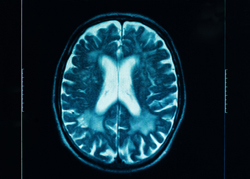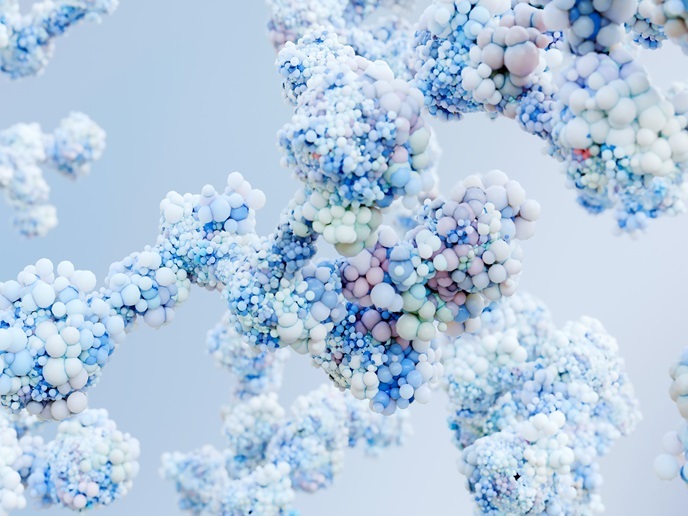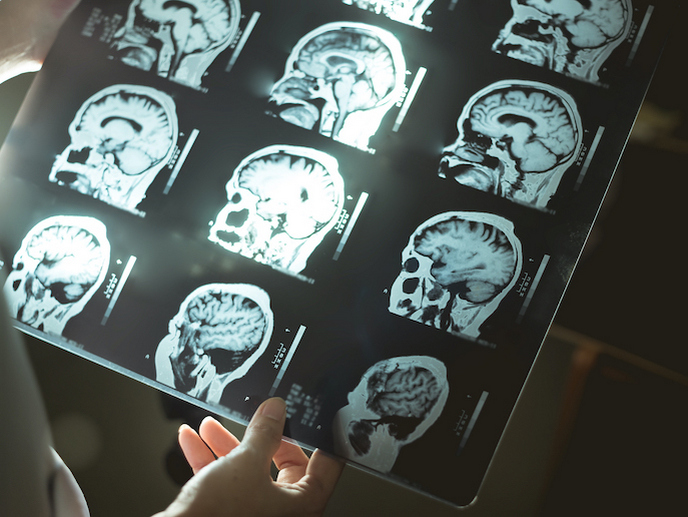Single molecule important in many brain diseases
Changes in brain function are mediated predominantly by changes in the structures of neurons (cells of the nervous system including the brain) rather than in their number. While a very small population of neurons may retain the ability to divide into adulthood, increased functionality is primarily due to an increase in the number of contacts among already existing neurons. Although neurons have a spherical, water balloon-type cell body characteristic of many other cells, they also have specialised signal-receiving and -sending structures extending in opposite directions from it. The dendritic tree (receiving structure) is literally like the many branches of a tree and provides a huge surface area over which axons (transmitting structures) of other neurons can make contacts (synapses). Very specialised tiny mushroom-like bumps on the dendrites (dendritic spines) are the actual sites of signal transmission. The mechanisms underlying the formation of synapses on the spines are a very important area of research. Normal learning and memory rely on dendritic spine formation. Dysfunction of spine-formation processes is involved in cognitive decline in normal ageing as well as in pathological conditions such as AD and familial fronto-temporal dementia (FTD), a type of dementia. European scientists studied the rapid movement and reorganisation via microtubule (MT)-mediated transport of the building blocks of spines. In particular, they focused on the molecule GSK3 that controls, in part, the phosphate groups bound to the MT-associated protein tau and tau's associated activity. With EU funding of the 'GSK-3 in neuronal plasticity and neurodegeneration: basic mechanisms and pre-clinical assessment' (NEURO.GSK3) project, scientists developed pre-clinical models (transgenic mice and transfected cultured neuronal cells) of tau-related AD and FTD. Enhanced understanding of the role of molecular transport dysfunction in synaptic spine formation could help explain the similarity in mechanism of clinically diverse neurodegenerative diseases. Identification of a similar mechanism could make the possibility of a single treatment for numerous debilitating diseases a reality.







